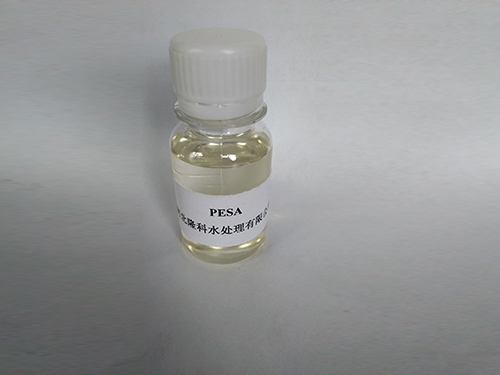polyacrylamide is a
The Role of Polyacrylamide A Versatile Polymer in Modern Applications
Polyacrylamide (PAM) is a synthetic polymer that has garnered significant attention across various industries due to its unique properties and versatility. Composed of acrylamide monomers polymerized through free radical mechanisms, polyacrylamide exhibits excellent water solubility and high molecular weight, enabling it to perform efficiently in a wide range of applications from soil conditioning to wastewater treatment.
Properties and Characteristics
The structure of polyacrylamide allows it to form gel-like matrices, making it useful for applications requiring thickening agents or stabilizers. Depending on the degree of hydrolysis, polyacrylamide can be classified into several types, including nonionic, anionic, and cationic forms. Each variant possesses distinct properties, making them suitable for specific applications. For example, anionic polyacrylamide is often used in sedimentation processes, whereas cationic types are favored in sludge dewatering.
One of the primary characteristics of polyacrylamide is its ability to absorb large amounts of water, which can be significantly higher than its own weight. This property makes it particularly valuable in agriculture, where it is utilized as a soil conditioner to enhance the soil's water retention capabilities. By improving soil structure and moisture retention, polyacrylamide facilitates better crop yields, especially in arid and sandy soils.
Applications in Wastewater Treatment
Polyacrylamide's use in wastewater treatment processes is one of its most important applications. In this context, the polymer acts as a flocculant, helping to aggregate suspended particles, thus enhancing sedimentation rates and clarifying water. The introduction of polyacrylamide to wastewater treatment systems helps improve the efficiency of processes such as coagulation and flocculation, leading to lower operational costs and improved effluent quality.
The mechanism through which polyacrylamide operates involves bridging particles together, forming larger aggregates or flocs that can be physically removed from the water. The use of polyacrylamide in combining with coagulants like aluminum sulfate has been shown to significantly increase the efficacy of sedimentation, thus improving the overall treatment process.
polyacrylamide is a

Agricultural Innovations
In agriculture, polyacrylamide has proven to be revolutionary, especially within the realms of irrigation and soil management. Farmers often face the challenge of maintaining soil moisture, particularly in regions prone to drought. By incorporating polyacrylamide into the soil, farmers can effectively reduce irrigation frequency while ensuring that crops receive adequate moisture. This polymer not only retains moisture but also increases nutrient availability, promoting healthier plant growth.
Additionally, the application of polyacrylamide can combat soil erosion and degradation. By improving soil structure and stability, it prevents the loss of topsoil and minimizes the impact of heavy rainfall, thereby maintaining the health of agricultural land.
Environmental Considerations
While the benefits of polyacrylamide in various applications are considerable, it is essential to consider its environmental impact. Concerns have been raised regarding the potential toxicity of acrylamide, especially if the polymer breaks down in specific conditions. Despite its widespread use, researchers advocate for controlled applications and adherence to safety guidelines to mitigate risks associated with long-term exposure.
To address these concerns, ongoing studies are being conducted to explore biodegradable alternatives and the environmental behavior of polyacrylamide-based products. These efforts aim to improve the sustainability of polyacrylamide use, particularly in sensitive ecosystems.
Conclusion
Polyacrylamide is an indispensable polymer that bridges various industries, offering innovative solutions to challenges in agriculture, wastewater treatment, and beyond. Its ability to interact favorably with water contributes to enhanced agricultural practices and effective water treatment processes. However, as we continue to explore its vast potential, it is essential to remain vigilant about its environmental implications, ensuring responsible usage. With ongoing research and development, polyacrylamide may continue to play a pivotal role in addressing modern challenges while paving the way for sustainable practices in various sectors.
-
LK-319 Special Scale And Corrosion Inhibitor For Steel Plants: Advanced Solutions for Industrial Water SystemsNewsAug.22,2025
-
Flocculant Water Treatment: Essential Chemical Solutions for Purification ProcessesNewsAug.22,2025
-
Isothiazolinones: Versatile Microbial Control Agents for Industrial and Consumer ApplicationsNewsAug.22,2025
-
Scale Inhibitor: Key Solutions for Water System Scale PreventionNewsAug.22,2025
-
Organophosphonates: Versatile Scale Inhibitors for Industrial Water SystemsNewsAug.22,2025
-
Scale and Corrosion Inhibitor: Essential Chemical Solutions for Water System MaintenanceNewsAug.22,2025





